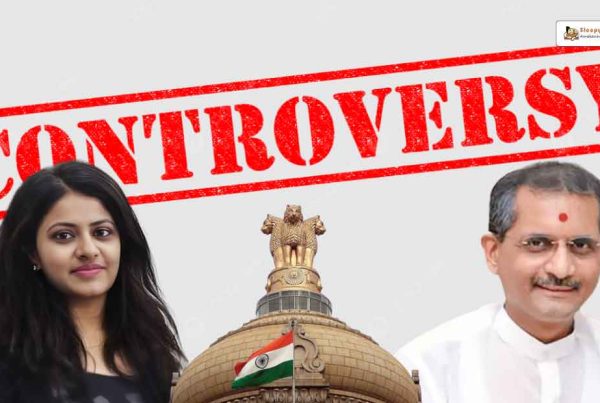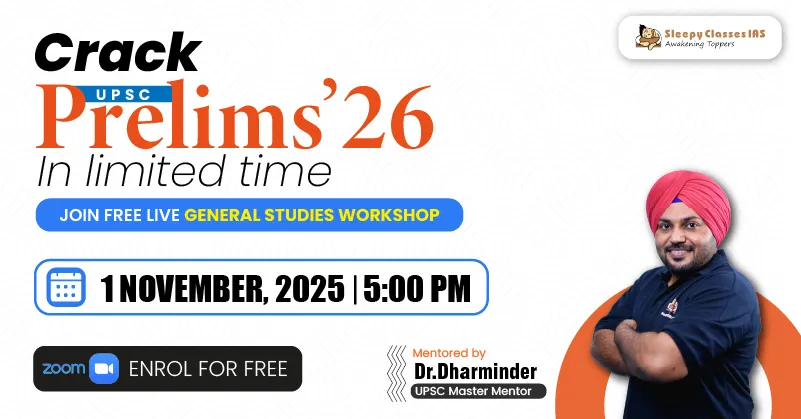Question 1
International Relations | Places In News | Medium | The Hindu
SOURCE
Consider the following with respect to FarasanIslands?
1. The Farasan Islands are a large islands and islets of uplifted coral reef.
2. The climate is arid and tropical, characterized by high mean annual temperatures and low annual rainfall.
Which of the statements is or are correct?
A. 1 only
B. 2 only
C. Both 1 and 2
D. None of the above
Solution & Detailed Explanation
Answer: (A) 1 only
Detailed Explanation
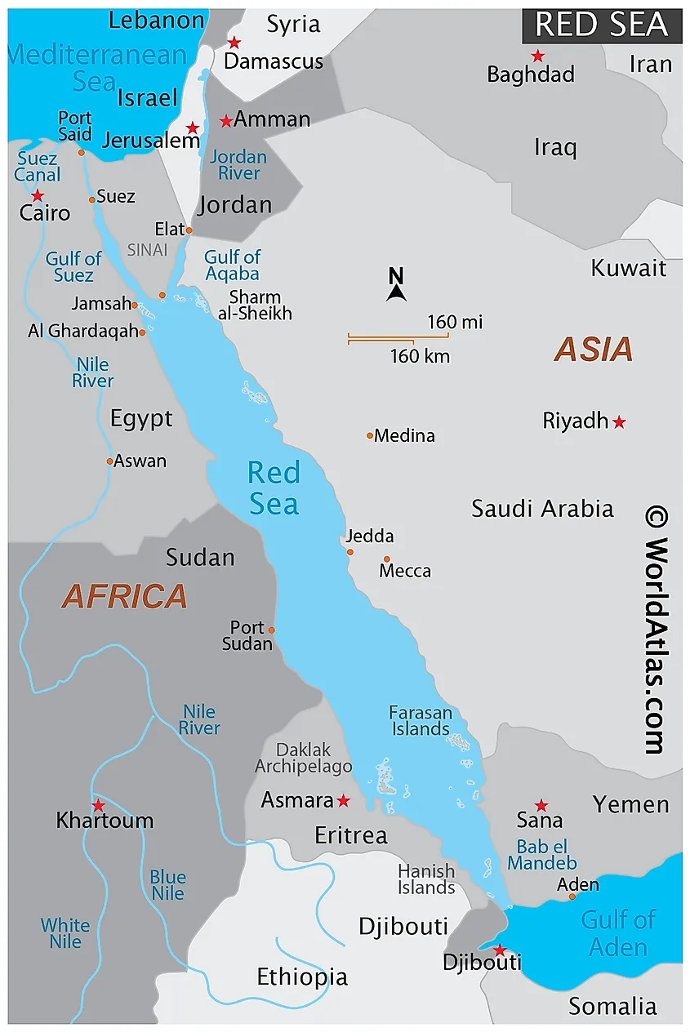
- The Farasan Islands are a large archipelago of over 170 islands and islets of uplifted coral reef lying 40-90 km offshore from the city of Jazan on the south-eastern coast of the Kingdom of Saudi Arabia. The protected area covers 5,408 sq. km, the majority of which is state owned with recognized municipal lands and private ownerships allocated within the boundaries of organized municipal area in and around the town of Farasan.
- The protected area is fully within the Farasan District which lies within the Imarah (region) of Jazan some 1,100 km to the south of the capital Riyadh.
- The Farasan archipelago is formed from uplifted fossil coral reef. The islands lie on the Arabian continental shelf, which off Jazan is less than 200 m deep and about 120 km wide. The climate is arid and sub-tropical, characterized by high mean annual temperatures and low annual rainfall. Most rain falls in October and in January and May (ranging from 50-100ml/annum), due to the Indian Ocean monsoon. Average daily minimum and maximum summer temperatures: 28–29°C; 39–40°C in Summer and 2-21°C; 30–31°C in winter.
Question 2
Governance | Schemes | Medium | The Hindu
SOURCE
Consider the following pairs: (Scheme and Features)
SAMARTH – Make In India
PM MITRA – Skill India initiative
ATUFS – Zero effect and Zero defect
How many pairs is or are correctly matched?
A. Only one
B. Only two
C. All three
D. None of the above
Solution & Detailed Explanation
Answer: (A) Only one
Detailed Explanation
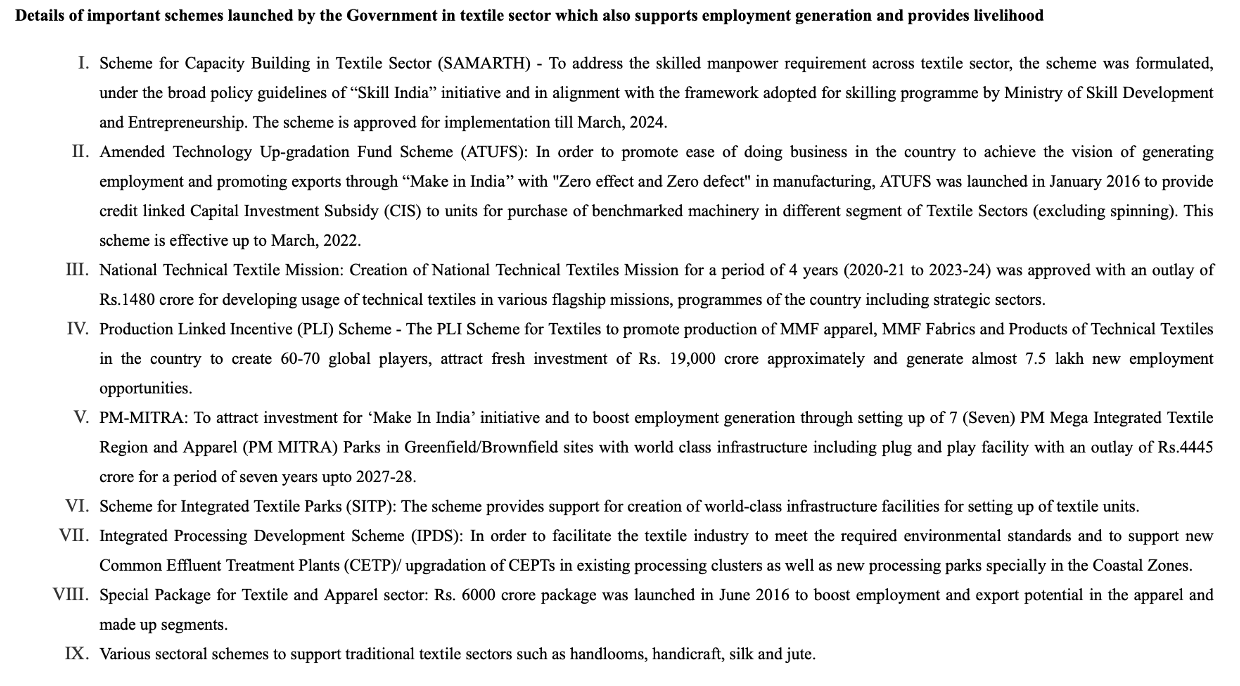
Question 3
Economy | Market | Easy | The Hindu
SOURCE
Match List – I with List – II
| List – I | List – II |
|---|---|
| 1.Income Method | (I) Calculated at current prices |
| 2.Expenditure Method | (II) Calculated at constant prices |
| 3.Real GDP | (III) Aggregate of final expenditures |
| 4.Nominal GDP | (IV) Aggregate of factor incomes |
Choose the correct answer from the options given below :
A. (1)-(I), (2)-(II), (3)-(III), (4)-(IV)
B. (1)-(II), (2)-(III), (3)-(IV), (4)-(I)
C. (1)-(IV), (2)-(III), (3)-(II), (4)-(I)
D. (1)-(III), (2)-(IV), (3)-(I), (4)-(II)
Solution & Detailed Explanation
Answer: (C) (1)-(IV), (2)-(III), (3)-(II), (4)-(I)
Detailed Explanation
| List – I | List – II |
|---|---|
| 1.Income Method | (IV) Aggregate of factor incomes |
| 2.Expenditure Method | (III) Aggregate of final expenditures |
| 3.Real GDP | (II) Calculated at constant prices |
| 4.Nominal GDP | (I) Calculated at current prices |
Question 4
Social Issues | Reservation | Easy | The Hindu
SOURCE
‘Other Backward Class’ refers to:
A. Socially and educationally backward class
B. Part of SC, ST
C. Dominant Caste
D. Economically and politically powerful classes
Solution & Detailed Explanation
Answer: (A) Socially and educationally backward class
Detailed Explanation
- These groups – which need not be based on caste alone, but generally are identified by caste – were described as the ‘socially and educationally backward classes’. This is the constitutional basis of the popular term ‘Other Backward Classes’ (OBCs). They are neither part of the ‘forward’ castes at the upper end of the status spectrum, nor of the Dalits at the lower end. But since caste has entered all the major Indian religions and is not confined to Hinduism alone, there are also members of other religions who belong to the backward castes and share the same traditional occupational identification and similar or worse socio-economic status. Option A is correct.
- SC and ST refer to Scheduled Castes and Scheduled Tribes, respectively. These are groups officially recognized by the Indian government as being among the most socially and economically disadvantaged. Option B is incorrect.
- ‘Dominant caste’ is a term used to refer to those castes which had a large population and were granted land rights by the partial land reforms effected after Independence. The land reforms took away rights from the erstwhile claimants, the upper castes who were ‘absentee landlords’ in the sense that they played no part in the agricultural economy other than claiming their rent. Option B is incorrect. Option C is incorrect.
- Economically and politically powerful classes, often referred to as the upper class or ruling class, are groups that hold a disproportionate amount of wealth and influence, shaping economic and political agendas. They typically include wealthy individuals, leaders, and those with significant political influence. Option D is incorrect.
Question 5
International Relations | Places In News | Medium | The Hindu
SOURCE
Consider the following:
1. Sir Creek is a 96 km tidal estuary of uninhabited marshlands.
2. Sir Creek holds great military value but little economic importance.
Which of the statements is or are correct?
A. 1 only
B. 2 only
C. Both 1 and 2
D. None of the above
Solution & Detailed Explanation
Answer: (A) 1 only
Detailed Explanation
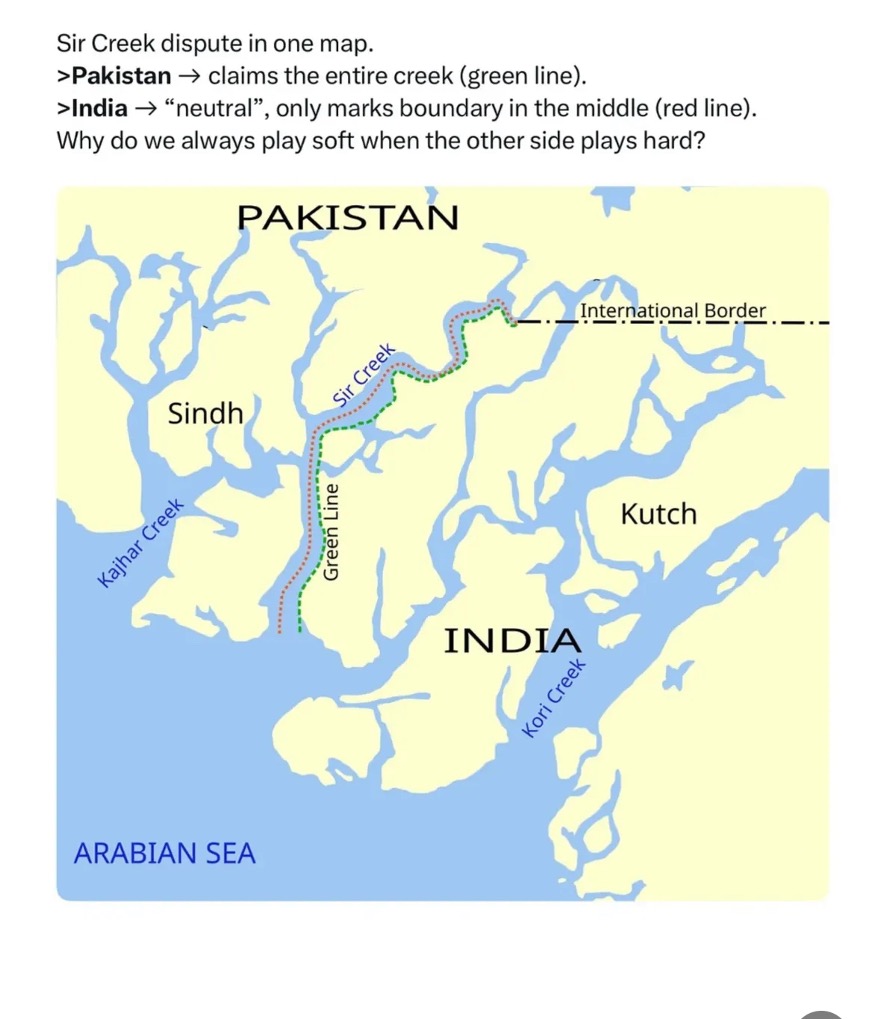
- Sir Creek is a 96 km tidal estuary located in the uninhabited marshlands along the India-Pakistan border in Gujarat. The creek flows into the Arabian Sea, separating India’s Gujarat state from Pakistan’s Sindh province.
- The long-standing India-Pakistan dispute over Sir Creek arises from the demarcation “from the mouth of Sir Creek to the top of Sir Creek, and from the top of Sir Creek eastward to a point on the line designated as the Western Terminus.” Beyond this point, the boundary is clearly defined by the 1968 Tribunal Award.
- Sir Creek holds little military value but great economic importance. The region is believed to have oil and gas reserves, and control over the creek affects the delimitation of maritime boundaries, Exclusive Economic Zones (EEZs), and continental shelves.
- The dispute also impacts local fishers, who often cross into the other country’s waters unknowingly and are arrested. Though international law calls for minimal penalties, both India and Pakistan keep detained fishers for long periods, leading to livelihood losses.
- Another factor is Pakistan’s LBOD canal, which discharges saline and industrial water into Sir Creek. India sees this as a violation of the Indus Waters Treaty, giving Pakistan an added interest in keeping the dispute unresolved.
WHAT’S THE DISPUTE?
- The dispute lies in the interpretation of the maritime boundary line between Pakistan and India. Before independence, the area was part of British India. After independence in 1947, Sindh became a part of Pakistan while Gujarat remained a part of India.
- The Sir Creek dispute concerns the maritime boundary between India and Pakistan. After Partition in 1947, Sindh became part of Pakistan and Gujarat remained with India. In 1968, an international tribunal settled most of the Rann of Kutch border issue, but Sir Creek remained unresolved despite multiple rounds of talks. India wants the maritime boundary demarcated first, while Pakistan insists the dispute itself must be settled before that.
- Pakistan claims the entire creek belongs to Sindh, citing a 1914 resolution that placed the boundary on the eastern bank. India argues that the same resolution also invoked the thalweg principle, which sets the boundary along the middle of the navigable channel. India further cites a 1925 map and mid-channel pillars to back its position, while Pakistan contends that the thalweg applies only to rivers, not tidal estuaries like Sir Creek.
- The dispute also involves changes in the creek’s course over time, which would affect the land-sea boundary and the maritime zones of both countries. As a result, the issue remains unresolved, with neither side willing to concede ground.


